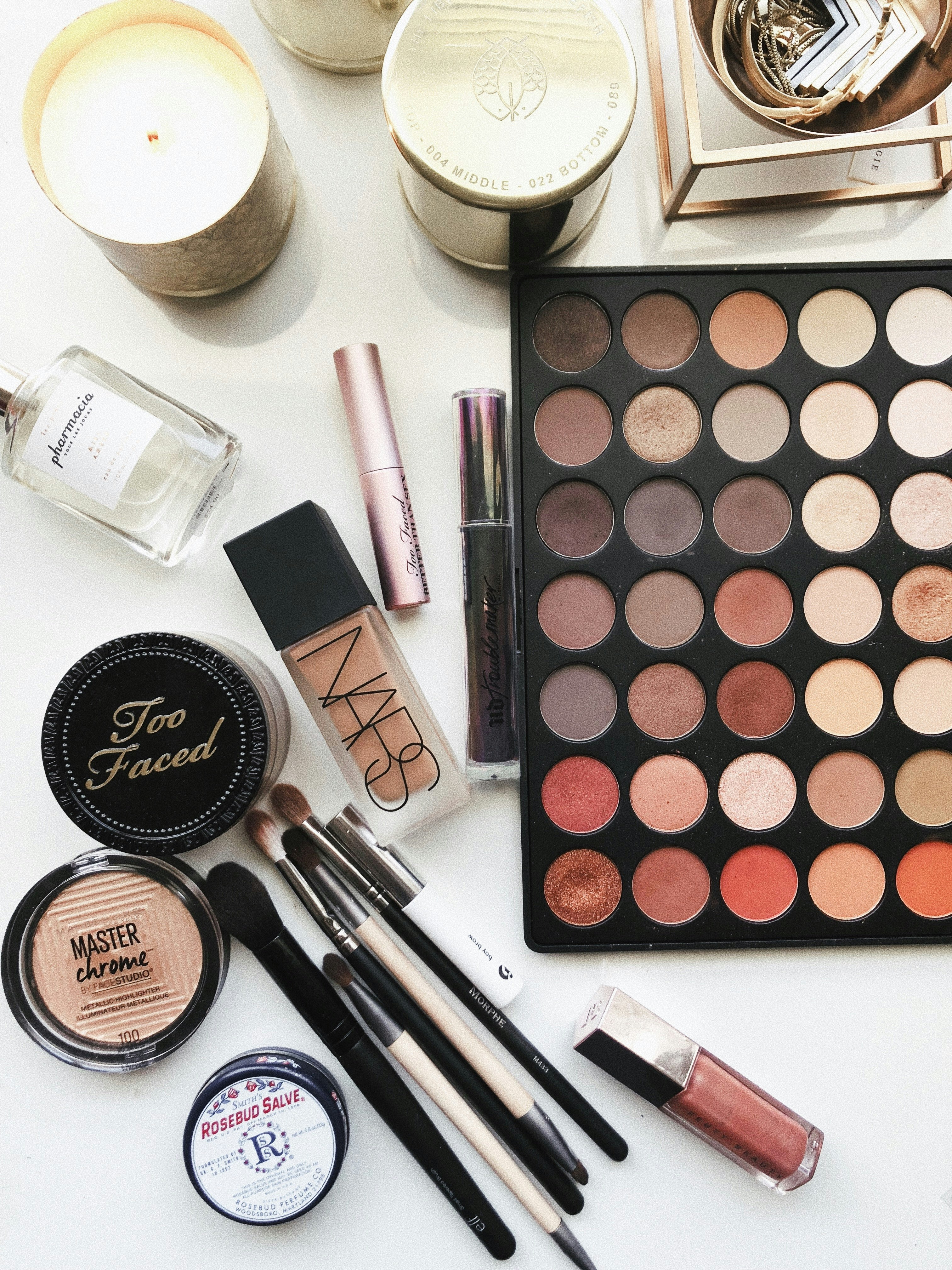Sephora’s Take on Beauty: Building Relevant Cross-Channel Experiences

By: Cait Wilson, Ph.D. Candidate, University of Utah
Sephora builds relevant experiences for their clients across many different channels. Sarah Beachler, Director of Market Research & Consumer Insights, gave the audience at TMRE some valuable insights on creating relevant client experiences. Personalization is key, it’s not a nice-to-have but a baseline that customers expect.
People have a wide array of divergent and individualized needs, from the tone of makeup to specific products used to how they interact with the brand. Sephora builds relevant cross-channel experiences for clients through three key steps: 1) acknowledging brand strength (i.e., leveraging what the brand does well), 2) understanding the consumer (i.e., conducting consumer research), and 3) planning and executing (i.e., developing relevant experiences).
Step 1: Acknowledge Brand Strengths
Sephora is an experiential retail innovator; clients can come in-store to discover products, have a skincare or makeup service experience, or explore on their own. The Sephora consultants are trained in all brands and products. Clients have an unbiased experience where staff are dedicated to finding products best-suited to their individualized needs. Sephora is also known for their digital-based tools and communications (e.g., their web site, mobile apps, and social media).
Step 2: Understand the Client
Sephora designs studies to understand who their clients are, what they’re interested in, and how they’re behaving. Sephora’s research efforts are scrappy; they do most research in-house which involves ‘snackable’ research projects that produce quick insights. They recruit their own participants, program surveys, and collect data; this approach works best for them because it’s agile, cost-effective, and valid. They identify key differences between different groups of customers to inform how experiences can be optimized and curated.
Step 3: Plan and Execute
Sephora uses their key insights to inform what they do in-store, at home, and digitally. Sephora has launched a wide variety of projects informed by their research – including their Beauty Insider Rewards Bazaar, their newly launched online platform Sephora Beauty Insider Community, the monthly prestige beauty subscription Play! Box and more. These different channels offered by Sephora provides clients a multitude of ways to have a personalized experience.
The key takeaway is it’s important to create relevant experiences for clients. Companies should reflect on what ‘relevant’ means to their customers. Through research, unique consumer needs and any gaps in satisfaction can be identified. The overarching goal is to create personalized experiences across different channels for clients instead of taking a one-size-fits-all approach.